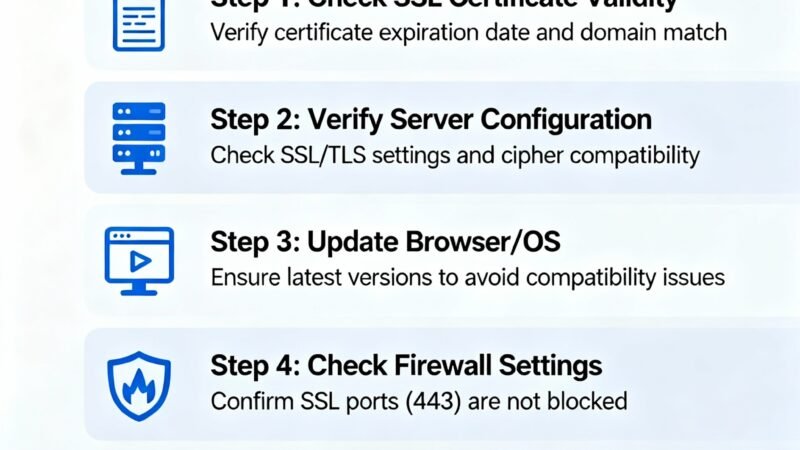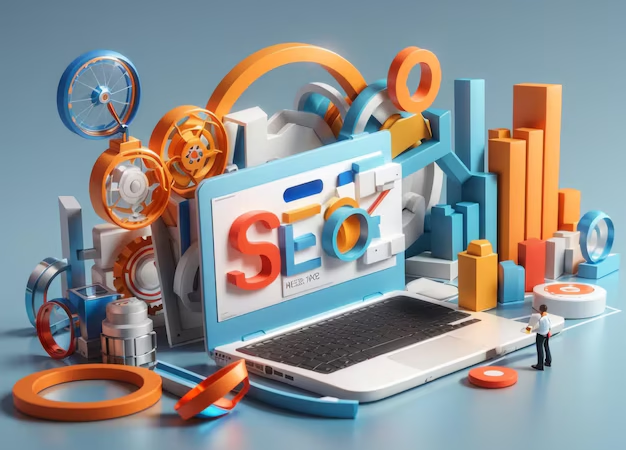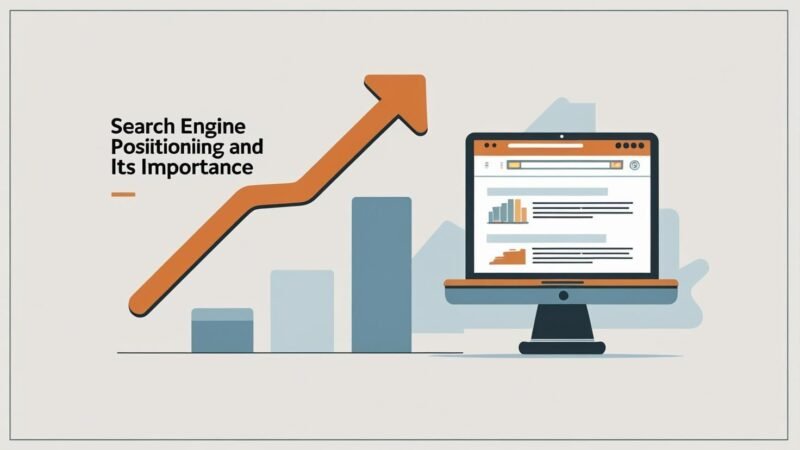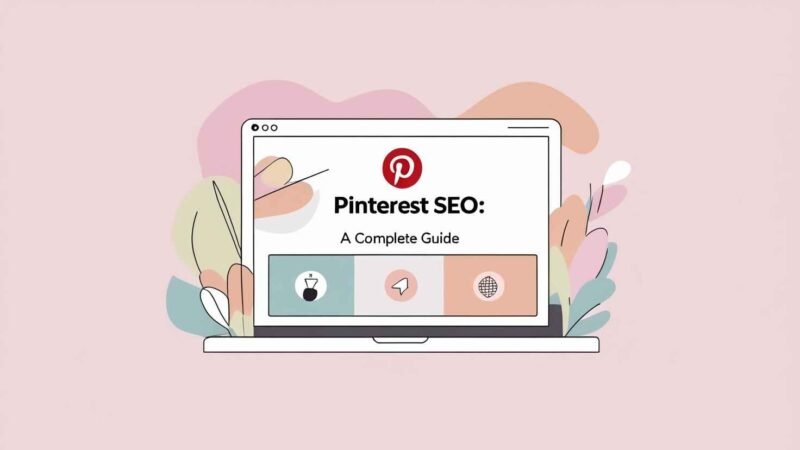On Page SEO Checklist: The Ultimate Guide For 2025
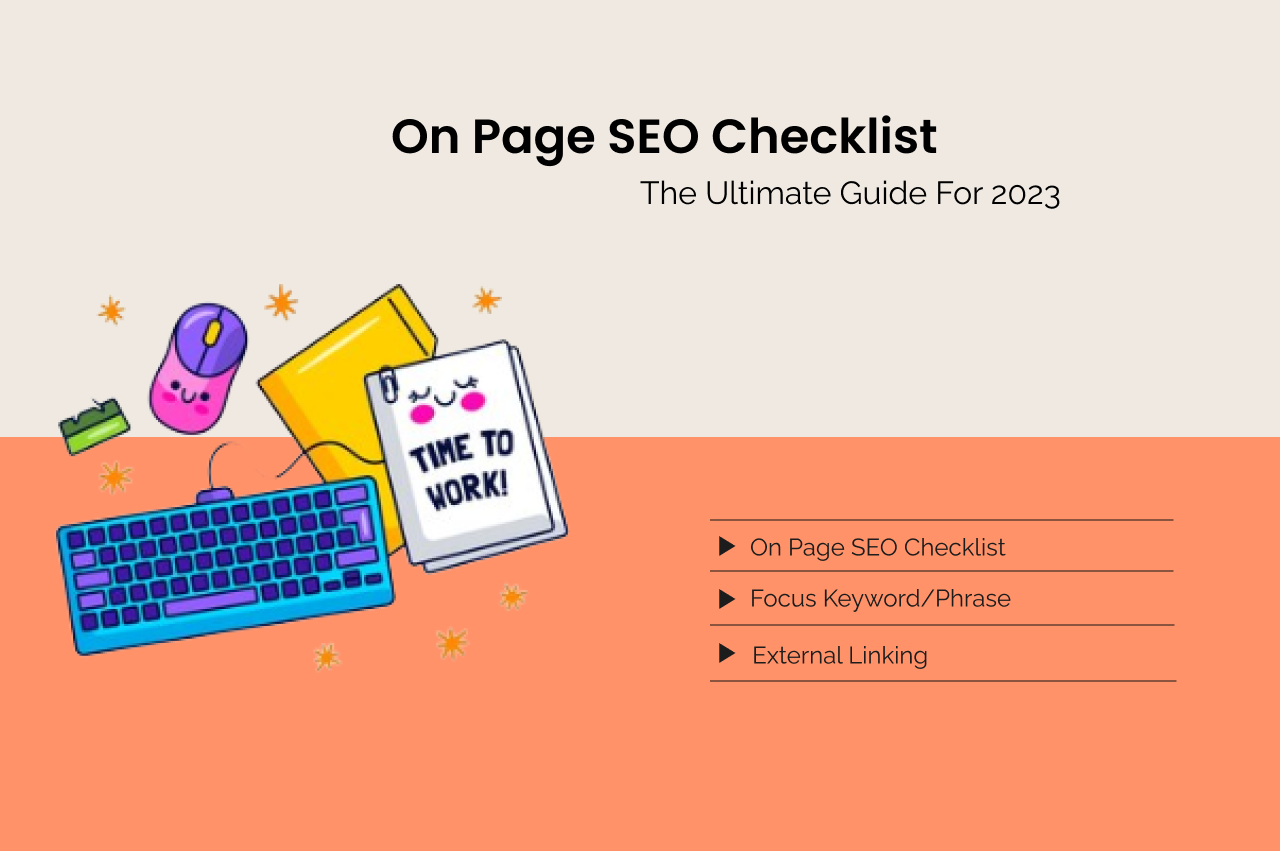
Before discussing the on page SEO checklist, we need to know about what is on-page SEO. On page SEO optimization is a top-listed type of SEO. Without on-page SEO, we can’t rank if we have bulk backlinks from authority sites. Here, you have to understand the importance of on-site SEO. With this, we always write content according to SEO and user-friendly content and put it into the website regarding the website is about blogging, Services base, or an e-commerce store. One more example of the strong influence is that you can say that without oxygen, no one can survive; same as on page SEO, we can’t get profitable organic results(traffic) and revenue.
Let’s Start With the On Page SEO Checklist:
- High Quality and Human Written Helpful Content
- Focus/Primary Keyword
- Meta Title
- Meta Description
- Heading Tags
- Internal Linking
- External Linking
- Clickable Anchor Text
- Images alt text tag
- URL Structure
- Site Speed
- Keyword Density
- LSI keywords
- Keyword Usage in Heading Tags
High Quality and Human Written Content:
In the latest era, “Content is King,” always write human-written content for your blogging website, service base website, and e-commerce stores, especially for store categories or products. If you provide valuable content to Google, I am 100% sure Google will prioritize offering you top best positions. Always try to use easy words(easy language) for better understanding. Also, write short sentences and paragraphs not more than 250 to 300 words.
Focus Keyword/Phrase:
The Focus keyword or primary keyword means your content revolves around this specific keyword; the primary purpose is to rank your overall content around this search term. Focus keywords typically have high search volume and low difficulty(KD). Another thing: always select one focus keyword and try to find five to ten LSI keywords related to the topic.
Remember, when you write content, use your focus keyword in the first line of the content or use it in under 100 words.
Meta Title:
A meta title is a title that is always shown on search engine results pages(SERPs). The meta title length is 75 characters and uses between 55 to 60 characters. Otherwise, search engines will only show your brief title. SEO Tip: Use the Focus keyword at the start of the title and 1 LSI keyword; at the end, you can also use your brand name e.g like CrossNine.
Meta Description:
A concise message for a better understanding of users and search engines is shown in the SERPs under the meta title. The standard length is 160 to 165 characters. SEO Tip: Use your focus keyword at the start of the meta description.
Heading Tags:
Now we discuss the headings tags(H1, H2, H3, H4, H5, and H6) and their usage. Heading tags are an integral part of the on page SEO checklist, and H1 is always used once in blog posts, services pages, e-commerce categories, or product content. It would help if you used your focus keyword in the H1 tag. Second is the H2 tag and other tags you can use multiple times in the content headings. Below, I have added a simple heading tag format for all of you to understand easily.
H1 ……………Always use 1 time…………………………
H2………………………….
H2………………………….
H3………….
H3………….
H2…………………………..
H2…………………………..
H3……………………….
H3…………………
H4………….
H4…………
H2……………………………
Internal Linking:
Internal links mean your website page is connected to another webpage of your website. The main purpose behind this is that the search engine crawlers easily index all your website pages, and it’s helpful for users to get related information from this hyperlink.
External Linking:
If you own your website and publish the content in your blogging, Services, or an e-commerce store. In the content, you feel some information is more accurate and explained in depth. You give a link from your website, and when users visit your website and click on the given hyperlink, they leave your website and move to another website page; this is called an external link. Learn more about, how to install a wordpress theme.
Anchor Text:
This means a clickable text when someone clicks on it and moves to another website page or on another website page that is not your property called anchor text.
Anchor Text Has The Following Types:
- Exact match e.g like Wix Vs WordPress
- Partial Match
- Banded Anchor text
- Naked link e.g like https://crossnine.com/b2b-seo/
- Generic anchor text
- Images
Images Alt Attribute or Alt Text:
Images alt text is necessary for your website because the search engine crawlers read the images with the help of image alt text. Also, this text helps to rank in the search engine images section.
URL Structure:
Website URL structure is an essential part of the on page SEO checklist. It’s beneficial for both users and search engine crawlers. Always use primary keywords in the link structures and make sure the URLs are short.
Website Speed:
Website speed is a crucial part of the on page SEO checklist. Make sure the website speed for both mobiles and desktops is good; according to the latest news, 1.796 Billion users are using mobile devices worldwide. In that case, you can imagine how important mobile speed is for a website.
Tools you can use to check the website speed:
- Page Speed Insights
- GTMatrix
- Pingdom
Keyword Density:
Keyword density means how often the content uses the primary keyword. The simple theory is that you can use your keyword twice in 100 words, meaning if you write content of 1000 words, you can use 20 times your primary keyword in the range. The ideal percentage of keyword density is 2.5%.
LSI Keywords:
LSI means latent semantic indexing keywords; when writing content on any topic, we select one primary keyword and some supporting or related keywords. It means these are LSI or secondary keywords. These keywords help us rank faster on top search results because they are low-competitive.
Keyword Usage in Heading Tags:
It’s also an essential factor of the page SEO checklist; one must use the focus and LSI keywords in the headings tags. Your primary keyword always uses the H1 tag, and your primary and LSI keywords in the other heading tags.

